what is the best way to level a yard
Terminal Updated Jan 17, 2022
The Importance of 1000 Leveling
If y'all are looking for information on how to level a grand yous probably know it is instrumental in keeping your mural aesthetically pleasing. A level yard provides stability to your outdoor mural. It also allows y'all to avoid serious damage and plush repairs to your foundation.
Your lawn must slope away from your home gradually to permit rainwater to drain abroad slowly from your foundation. If rainwater runs toward your home, the h2o will accrue effectually the foundation walls. This will cause moisture to build upwards. Weakening your foundation. Information technology may fifty-fifty get more than serious. Seeping through foundation walls and filling your basement with water.
If your home does non have a basement or is built on a slab, wet can seep into the wooden floor joists. The h2o will rot the joists. Threatening your home's structural integrity.
The problems don't end there though. Poor leveling will likewise impairment your gardens, copse, and landscaping.
As well as potential standing water issues. A breeding footing for mosquitos. Which are not just pests but carry diseases.
Reasons for Thousand Leveling
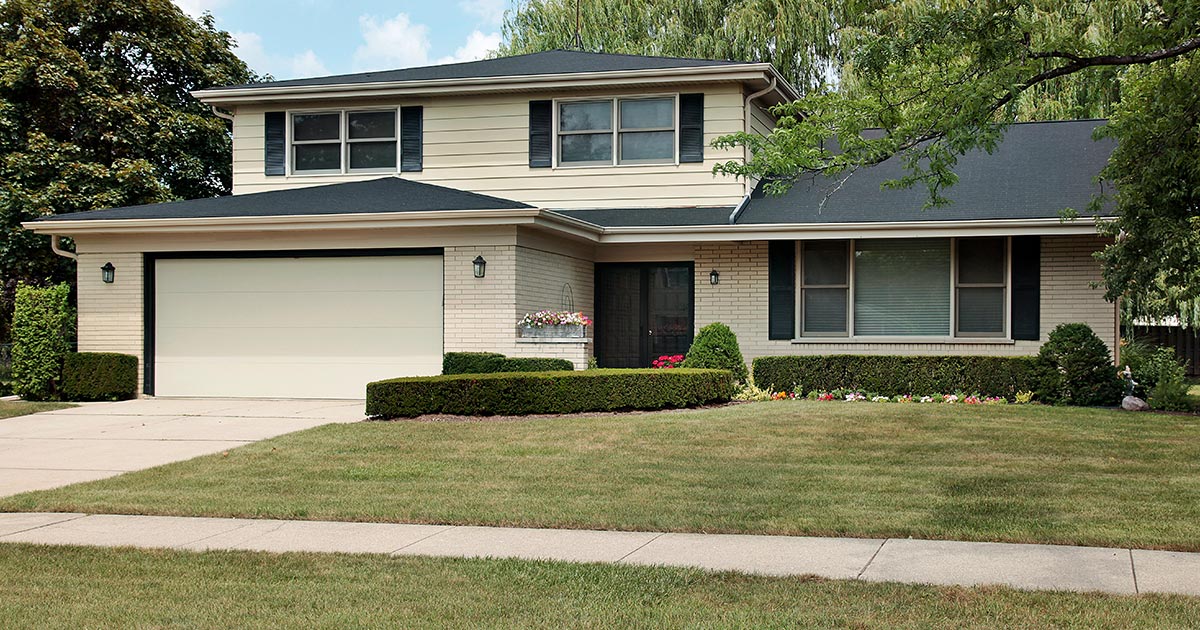
Fifty-fifty if you take leveled your yard in the past, mural grading may be needed in cases where bumps and lums are created by:
- tree or brush removal
- sewer installation
- tree root growth
- damage from animals
- installation of new features (such as a pool)
- settling
- drainage issues
So over time yous volition want to look for these signs that yous need to level your yard.
How Practice I Know if At that place is a Mural Grading Problem?
The most simple way to await if you lot have k leveling bug is to look for standing water. If you lot don't have proper drainage, you know that you take a problem.
If y'all desire to be more precise with your mural grading, y'all can measure your yard's slope. To practise this you will need the post-obit tools:
- Hammer
- Two 3 ft. long stakes
- 100+ ft. string
- Carpenter's level
The footing around your home should slope away approximately 1/four-inch downwardly for every foot away from your habitation. This comes to around ii ft. per 100 ft. So at 100 feet from your house, the footing should be 2 ft. lower than at the base of your abode.
To accurately measure the gradient of your yard's landscape grading grab a 3 ft. long wood pale. Bulldoze it 1 ft. deep in the dirt at the lesser of your house. And then measure a 100 ft distance away from your house. At that spot drive a second 3 ft. long pale into the soil.
At ground level on the stake by the house attach a string. Run the string to the 2nd stake. Attach it to the stake with the string level. Use a carpenter's level to achieve this.
With the string attached to both stakes, measure the distance from the ground to the string on the far stake.
If you measure a driblet from 3 inches to 2 anxiety, you lot may exist able to do the leveling yourself. Nonetheless, if the driblet is greater than that, or information technology slopes upward, it is recommended that you hire a professional to grade the yard.
For very steep slopes you may consider planting footing covers or building terraces.
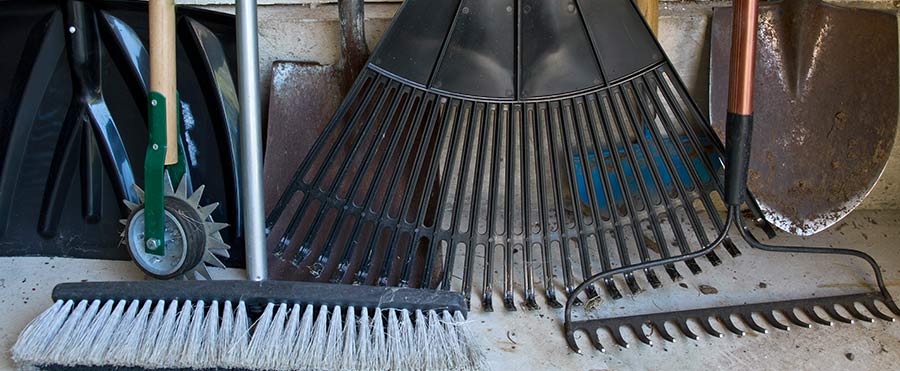
If you make up one's mind to take on the task of landscape grading yourself, you will need:
- Lawn Mower
- Sand
- Topsoil
- Compost
- Manus rake
- Thatch rake [or dethatching machine]
- Plastic leaf rake
- Large push broom
- Shovel
- Edger
- Wheelbarrow
How to Level a G [viii Steps]
Then you're set up to accept on landscape grading yourself. Use these viii steps for how to level a thousand to ensure great results.
STEP 1: Mow Your Lawn
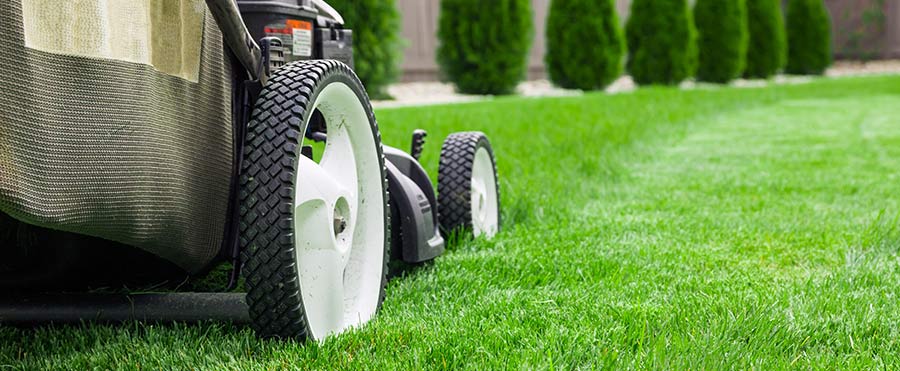
Yard leveling starts with mowing your lawn. Brand certain you cut it short. Merely be careful not to cut it too short. If yous cutting to the betoken that the stems of the blades of grass are visible, and then your grass may dry out.
STEP ii: Dethatch Your Lawn [As Needed]
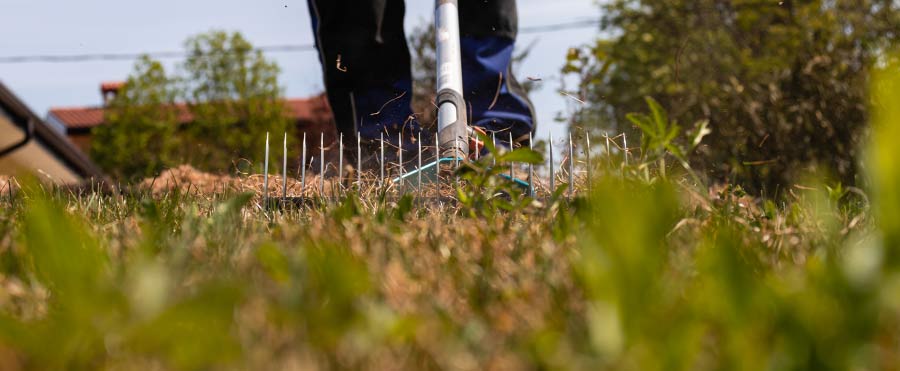
Brainstorm preparing the lawn for landscaping grading past closely examining the roots of your grass. Assess your lawn'south amount of thatch.
The thatch is a mix of living and dead found material in a layer where the grass stems meet the soil and roots.
A thatch greater than 1/4 to ane/two inch will keep your grass from getting proper water and air.
If you lot have more 1/ii-inch remove the thatch.
For a smaller lawn, you can use a thatch rake. For larger lawns utilize a dethatching machine. Which you can rent at well-nigh home improvement stores.
STEP 3: Dig upwards the grass in the sunken surface area of the lawn
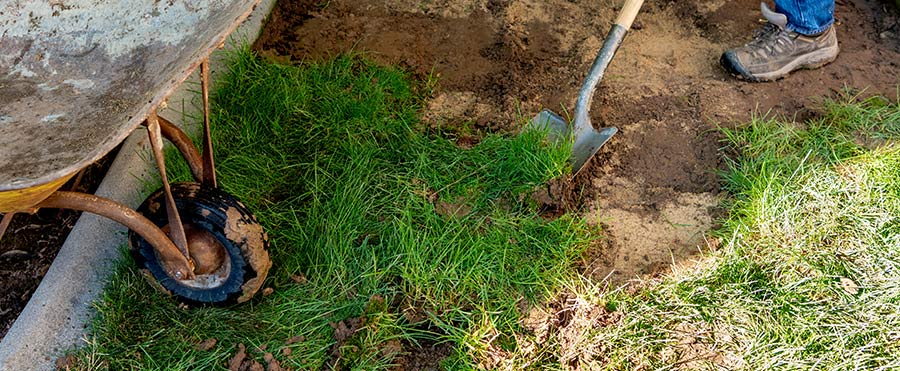
Bank check your thousand for divots and low spots deeper than 2-3 inches.
Remove the grass from on top of them. To do this, put the blade of a shovel on the outer edge of a depression spot. Slide information technology downwardly and under about 2-3 inches to make certain y'all get under the roots of the grass. Then remove the sod past prying the grass upwardly with the shovel. Exposing the dirt underneath.
Pace four: Make Soil Mix: Topsoil, Sand and Compost
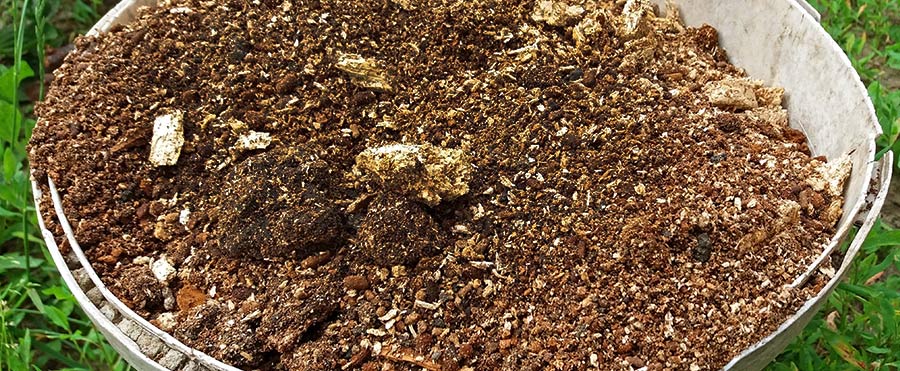
Make a elevation dressing mix to fill in the expanse beneath the grass in sunken areas of your backyard:
- 2 parts topsoil
- 2 parts sand
- 1 part compost
The soil and compost give your grass the nutrients information technology needs to thrive.
Sand on the other paw does not easily compact easily. Keeping your thousand level over time.
STEP five: Fill Sunken Areas and Holes with Soil Mixture
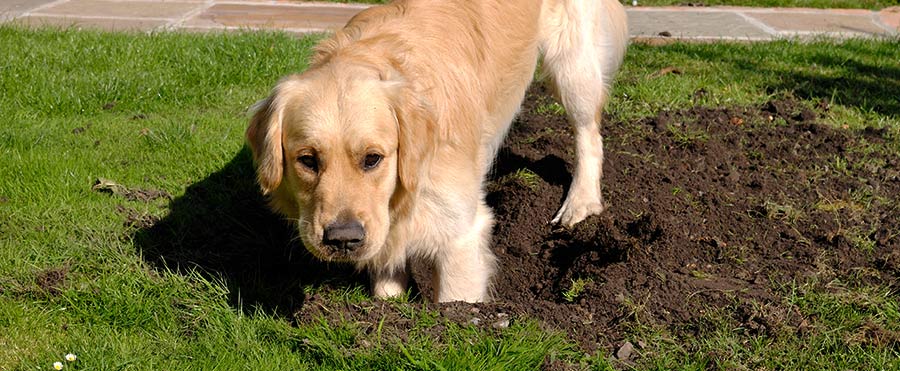
Fill up the hole from step 3 with the mix from footstep 4. Afterward filling the holes, be sure to identify the grass back on top of it.
Stride 6: Fifty-fifty Out the Entire Lawn
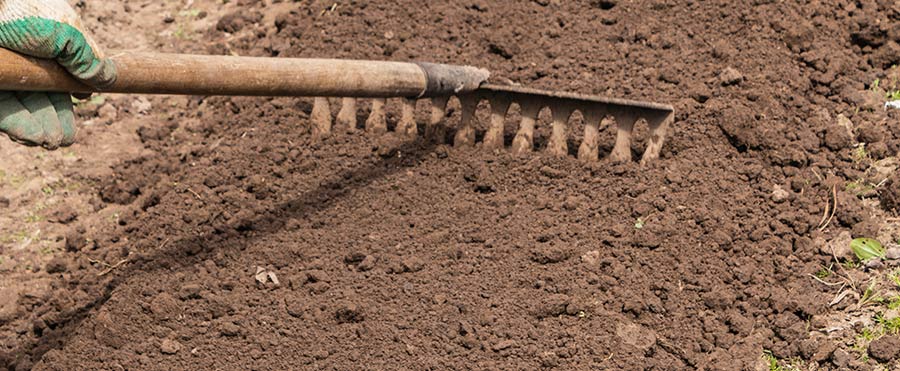
One time you have filled the holes and divots, cover your entire lawn with virtually ane/4 to one/ii inches of the mix.
Continue this layer sparse. Err on the side of caution. Even if you lot call up you need more i/2 inch. If you lot put also much downwards, y'all may asphyxiate your grass.
If y'all still call back you demand more than, you can reapply in step 8.
Footstep seven: Water the Backyard
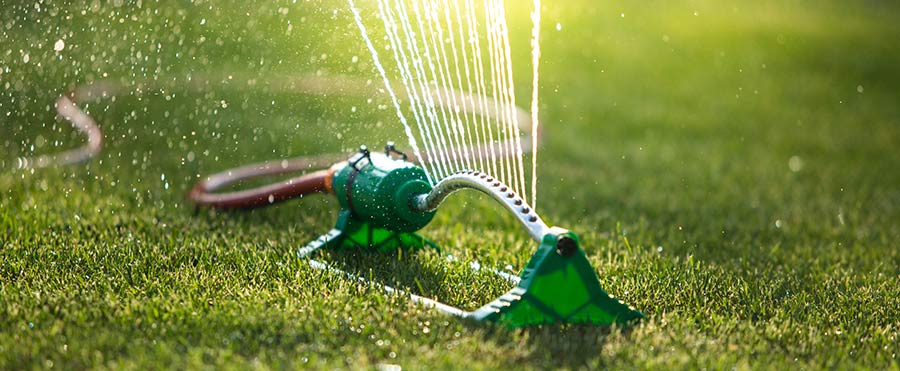
Run sprinklers to water your backyard. This will assist the soil mix settle in the grass to fill up air pockets, and revitalize your lawn.
Jumpstarting the introduction of the new nutrients from soil mixture.
STEP 8: Reapply Soil Mix [As Needed]
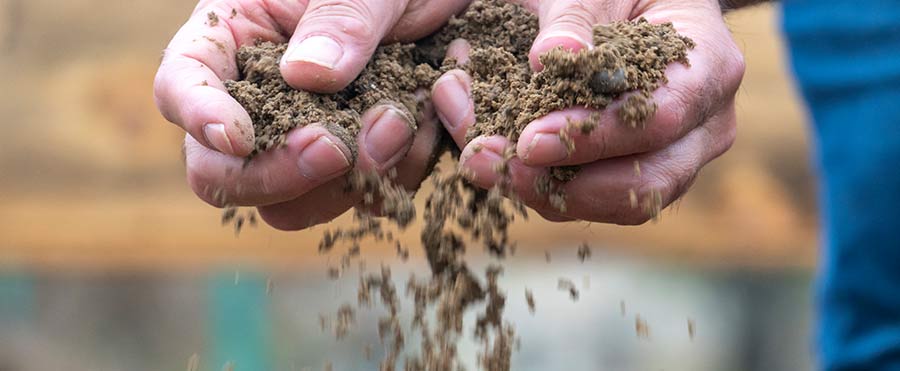
You might have to do more than ane layer of the soil mix to completely level your yard.
You should use the second layer by repeating steps 5 and six after you run across the grass brainstorm to grow, or when you tin can't see the beginning soil mix layer anymore.
That'south information technology. Yous're done! At present yous know how to level a yard.
Things to Recollect While 1000 Leveling
For best results keep these tips in mind:
- The best time to level your yard is during the dry out flavor. If done during a rainy season in that location is a expert adventure for soil erosion
- Proper backfill at the foundation is very important. If the soil is too shut to the wall cladding then you risk termites getting into your house
- Any soil removed from the lawn tin be reused while grading
Conclusions on Landscape Grading
Leveling your yard is very important to protect your home and landscape from long-term damages and expensive costs to fix.
If your mural grading issues are small yous tin follow the 8 steps above on how to level a yard yourself.
Even so, if yous have major issues with your backyard's slope, you should contact a professional. They'll know how to level a 1000 with more extensive issues. It may be that your landscape grading needs commercial-form equipment, and a professional eye to identify all problems.
If you're in southeast Pennsylvania, Cider Mill Landscapes may be able to assistance you. Fill up out the form beneath for a free consultation or phone call u.s.a. at: (484) 574-4666.
Source: https://www.cidermilllandscapes.com/how-to-level-a-yard/
0 Response to "what is the best way to level a yard"
Enregistrer un commentaire